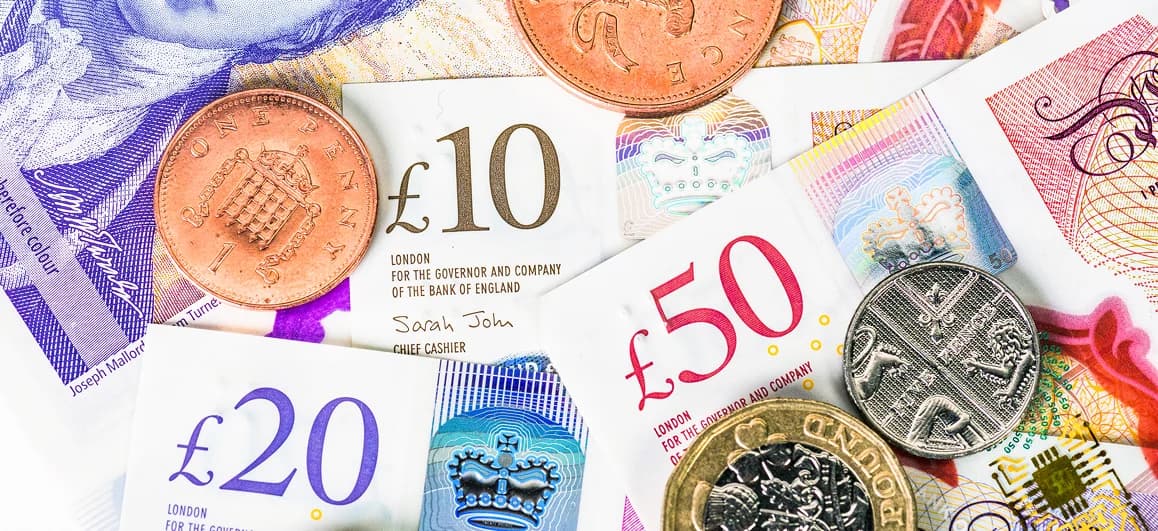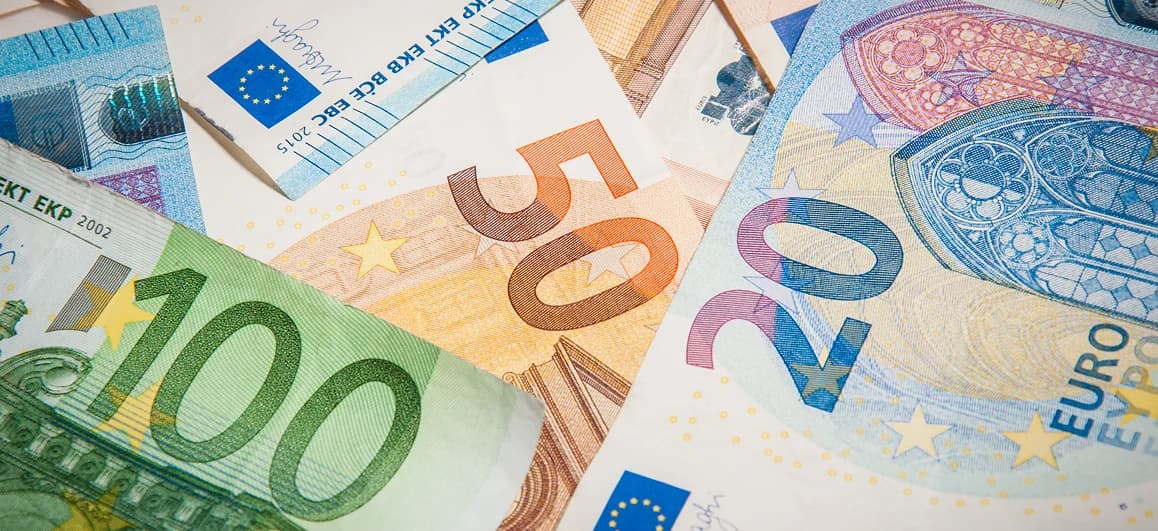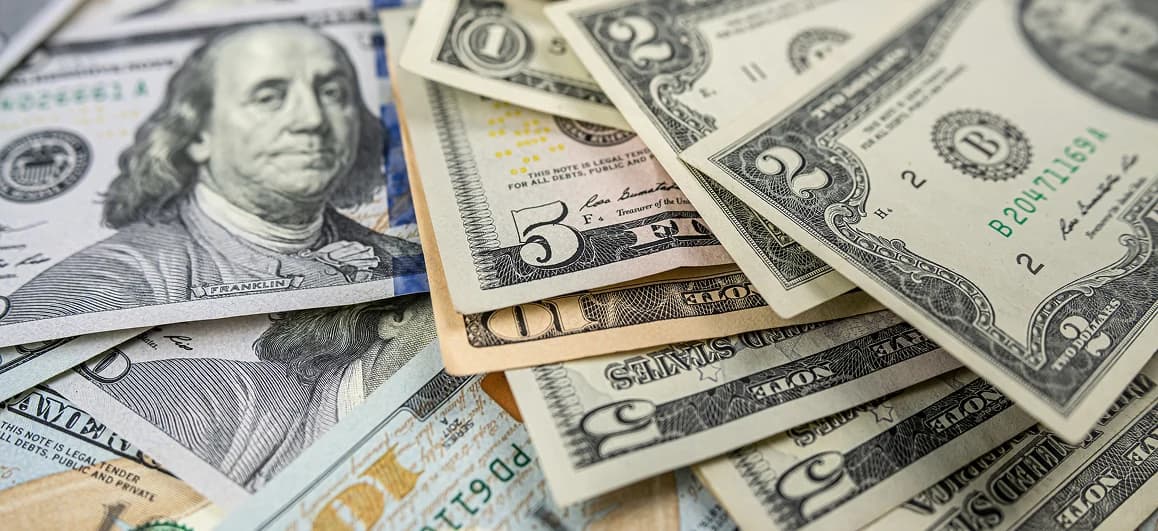- Home
- Blog
- Personal Finance
- How to Type the British Pound Sign on Keyboard | PC and Mac

How to Type the British Pound Sign on Keyboard | PC and Mac
24 avril 2025 — 6 min read
Table of Contents
- What is the British pound symbol (£)?
- The pound symbol and other currencies
- Where does the British pound sign go—before or after the amount?
- How to type the British pound sign on a Windows PC
- How to type the British pound sign on a Mac
- How to insert the British pound sign in Microsoft Word or Google Docs
- Typing the British pound sign on mobile devices
- Quick British pound symbol reference table
- Troubleshooting tips
- Frequently asked questions (FAQs)
- Sending or receiving pounds? Xe makes it simple
Key takeaways
The pound symbol (£) represents the British pound sterling (GBP), one of the world's oldest and most traded currencies.
On Windows, type £ using Shift + 3 (UK keyboard) or Alt + 0163 (US keyboard with numeric keypad).
On Mac, simply press Option + 3 regardless of your keyboard region.
The British pound sign is always placed before the amount with no space (£50), never after or with a space.
Few currencies carry the historical significance and global recognition of the British pound sterling. Whether you're managing international transfers, preparing financial documents, or shopping from UK-based websites, knowing how to type the pound symbol (£) correctly ensures clear communication and properly formatted prices.
In this guide, we'll show you the quickest ways to type the British pound symbol across all your devices, helping you handle GBP transactions with confidence and efficiency.
What is the British pound symbol (£)?
The British pound sign (£) represents the British pound sterling, the official currency of the United Kingdom and several British territories. Its design originates from the Latin word "libra," which referred to weight and balance—reflecting the currency's historical foundation in measuring precious metal values¹.
In international finance and foreign exchange markets, the British pound sterling is identified by the ISO currency code GBP (Great British Pound).
The pound symbol and other currencies
While the £ symbol is most commonly associated with the British pound sterling (GBP), several other currencies also use the word "pound" in their names but typically don't use the £ symbol:
Egyptian pound (EGP): Uses its own symbol (ج.م) or simply "LE"
Lebanese pound (LBP): Typically uses the abbreviation "L£" or "LL"
South Sudanese pound (SSP): Usually abbreviated as "SSP" without a dedicated symbol
Syrian pound (SYP): Often represented by the abbreviation "LS" or "£S"
Sudanese pound (SDG): Generally written as "SDG" without a specific symbol
The historical connection between these currencies and the British pound comes from colonial influence and past economic relationships, but today they function as entirely separate currencies with different values and exchange rates.
Where does the British pound sign go—before or after the amount?
The pound symbol follows a consistent formatting rule—it's always placed before the amount with no space between:
Correct: £50
Incorrect: 50£ or £ 50
Following this standard ensures your prices are clearly understood in professional and international contexts.
How to type the British pound sign on a Windows PC
Typing the British pound sign on Windows depends on your keyboard layout:
Keyboard shortcuts
UK Keyboard: Press Shift + 3
US Keyboard: Hold down Alt, type 0163 using the numeric keypad, then release the Alt key
Character Map (Alternative Method)
If the shortcuts above don't work for you:
Click on the Start menu, then type "Character Map" and open it
Scroll through or search for the "£" symbol
Select it, click "Copy," and paste it wherever needed
How to type the British pound sign on a Mac
Typing the pound symbol on Mac is straightforward regardless of your keyboard region:
Press Option + 3
This shortcut works seamlessly on both UK and US Mac keyboard layouts.
How to insert the British pound sign in Microsoft Word or Google Docs
Working on international financial documents or reports that require the British pound symbol? Both Microsoft Word and Google Docs offer straightforward methods to insert the £ sign even if you can't find it on your keyboard.
Microsoft Word
Click on the Insert tab
Select Symbol
Locate and click "£"
Google Docs
Click Insert
Choose Special Characters
Type "pound" into the search bar
Select the "£" symbol
Typing the British pound sign on mobile devices
On smartphones and tablets:
iOS & Android: Tap and hold the $ key. When the options appear, slide your finger to select the "£" symbol.
Quick British pound symbol reference table
Need the pound symbol fast? Here's a simple reference for typing £ on any platform.
Device/Platform | Shortcut/Method |
UK Keyboard (Windows) | Shift + 3 |
US Keyboard (Windows) | Alt + 0163 (numeric keypad) |
Mac | Option + 3 |
iOS / Android | Hold $, select £ |
Microsoft Word | Insert → Symbol → £ |
Google Docs | Insert → Special Characters → £ |
Troubleshooting tips
Having trouble typing the pound symbol? Here are quick solutions:
Check keyboard layout: Make sure you're using the correct region (English UK vs. English US)
Verify Num Lock: Ensure Num Lock is on when using the Alt + 0163 method
Use Character Map/Viewer: Access these tools through your system if shortcuts fail
Copy-paste option: When all else fails, copy this symbol: £
Frequently asked questions (FAQs)
If you still have some pressing questions about the British Pound, here are a few questions and answers you might find useful.
1. Why can't I type the pound symbol (£) on my keyboard?
If the pound symbol isn't appearing, check your keyboard layout settings. Ensure you're using either the UK layout (Shift + 3) or the numeric keypad method (Alt + 0163) correctly. If you’re still having issues, try using the Windows Character Map or Mac Character Viewer, or simply copy and paste the symbol.
2. Can I use the pound symbol (£) to represent currencies other than British pounds?
No, the pound symbol (£) only represents the British pound sterling. Other currencies with "pound" in their name, such as the Egyptian pound, have their own symbols or currency codes.
3. Where should I put the pound symbol when writing prices?
The pound symbol should always appear before the numerical value without a space (e.g., £20). Never place it after the amount (20£) or with a space (£ 20).
4. How do I type the pound symbol (£) on a smartphone or tablet?
On most mobile keyboards, tap and hold the dollar sign ($) until additional currency symbols appear. Slide your finger to select the pound symbol (£) from the options.
Sending or receiving pounds? Xe makes it simple
Whether you're transferring money to the UK or converting from British pounds to another currency, Xe offers a smarter solution than traditional banks:
Competitive exchange rates: Get more value from your transfers with rates that beat traditional banks
Low, transparent fees: Say goodbye to surprise costs
Global reach: Send money to 190 countries in 130 currencies
Real-time tracking: Keep tabs on your money's journey every step of the way
Expert support: Have questions? Xe's knowledgeable team is ready to assist
Make your next GBP transfer simple and stress-free with Xe.
Citations
¹History of British Pound - Bank of England - 2022
**The information from this source were taken on April 24, 2025.
The content within this blog post is not intended for use as financial advice. This content is for informational purposes only.
Smarter money transfers
Xe combines bank-beating rates, secure transfers, and global reach to make moving money across borders fast, easy, and affordable.

24 avril 2025 — 5 min read

22 avril 2025 — 5 min read

22 avril 2025 — 3 min read

23 décembre 2024 — 11 min read

13 novembre 2024 — 3 min read

19 janvier 2023 — 8 min read


